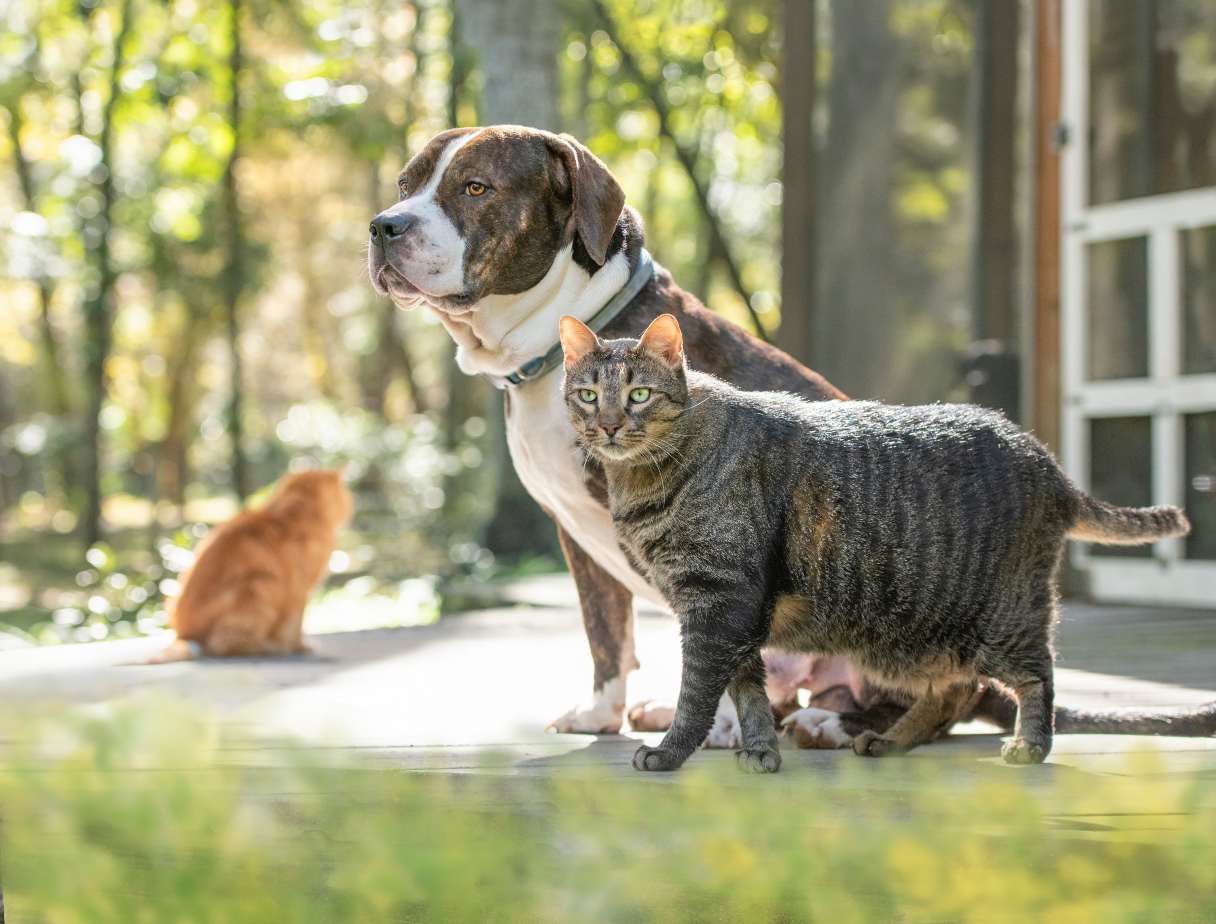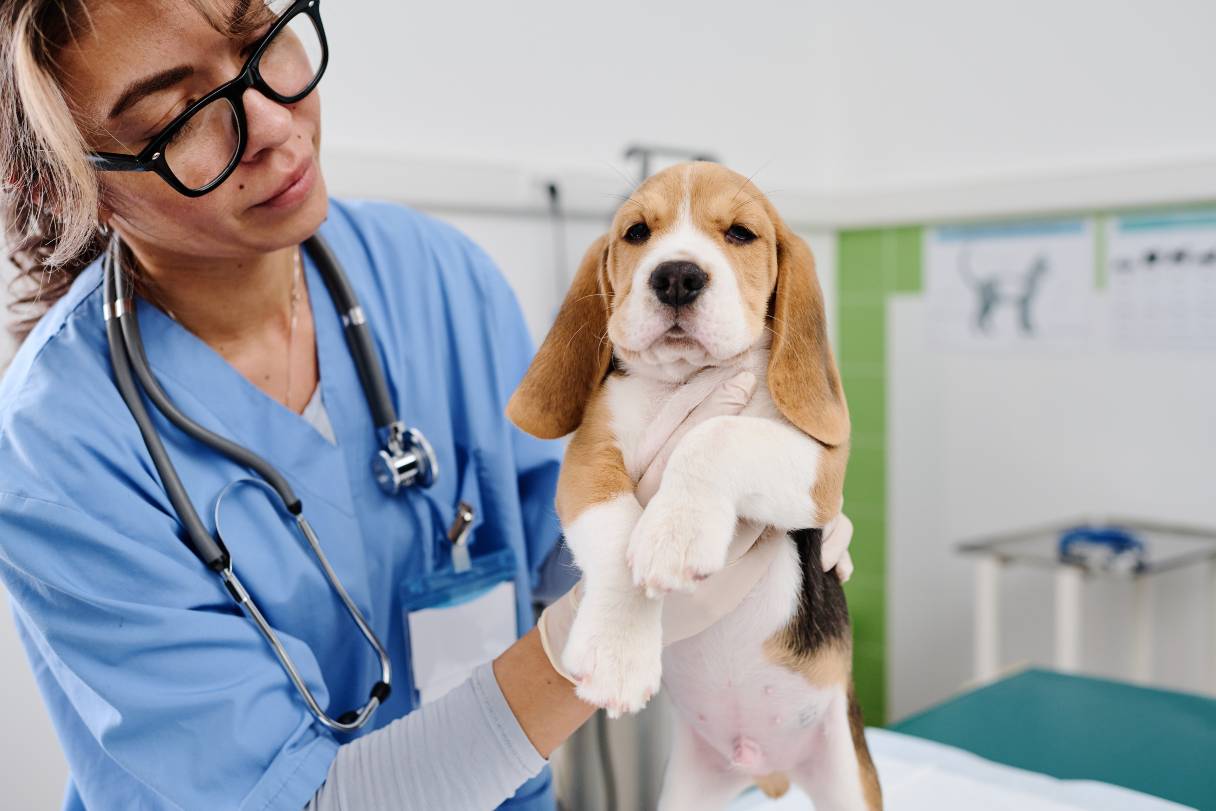The friendly, flexible way to pay for pet care.
The CareCredit credit card empowers you to be financially prepared for the lifetime of care your cherished companions need to stay healthy and happy.


For animals big & small.
For planned & unexpected.
The CareCredit credit card can be used for routine veterinary appointments, grooming services, emergency pet care, or a variety of surgeries and treatments in the CareCredit network.* It gives pet owners the peace of mind needed to care for pets.
Services, Procedures & Products
- Annual exams
- Dental cleaning
- Parasite prevention
- Dermatology
- Medications
- Diagnostics – labs and imaging
- Radiology
- Chronic disease
- Vaccinations
- Microchipping
- Pet food and nutrition
- Boarding and grooming
- Daycare and training
- Senior care
Specialty & Emergency
- Spay and neutering
- Surgical procedures
- Hospitalization
- Accidents and injury
- Cancer care and chemotherapy
- Orthopedic surgery and rehab
- Cardiology
- Neurology
- Ophthalmology
- And more
* Subject to credit approval.
Average Vet Care Costs
As official family members, veterinary care is no longer just a necessity, it’s a priority. That’s why it’s important to understand the costs you might encounter and be financially ready to manage them. Here are some average pet care costs:
Average Costs*
| Annual Vaccinations | $10 - $100 |
| Teeth Cleaning | $50 - $300 |
| Spay | $100 - $200 |
| Neuter | $50 - $100 |
| Diabetes | $2,371 (canines) $2,267 (felines) |

* Average Costs/Estimates are derived from Synchrony's Pet - Lifetime of Care Study, August 2021, Pets Best Data, 2017-2021 and may vary based on geography, veterinary practice, and other variables.
Calculate Pet Care Costs Near You

Explore procedure costs in your area

Find Veterinary Care Locations Near You
Enter your city or zip code in the search bar below to find veterinary care providers near you.
Are you a healthcare provider?
Visit our Provider site to learn more about how CareCredit can help your patients and clients get the care they want and need.

Related resources
View allOur cardholders are putting their health and wellness first.
CareCredit is helping millions of Americans pay for their care every single day.
View all storiesHave your own success story?
We'd love to hear it.
Our cardholders continue to inspire with their stories of how CareCredit has helped them with their health and wellness wants and needs.


With Pets Best + the CareCredit credit card*, you’re ready for any vet expense.
Unexpected illness or injuries to your pet can cost thousands of dollars. That’s why you should consider pet health insurance. It reimburses you up to 90% of eligible veterinary expenses, so you’re financially prepared to protect your pet—and your wallet.
4 out of 5 pets will have a medical emergency in their lifetime. Pets Best insurance can cover:
- Diagnostics
- Medications
- Accidents
- Dental treatments
- Cancer treatments
- And more

* Subject to credit approval.
**5% Discount applies to BestBenefit Accident and Illness plans; not available in AK, FL, HI, or TN. Additional 5% discount if insuring more than one pet. Pet insurance is administered by Pets Best Insurance Services, LLC and is underwritten by American Pet Insurance Company, a New York insurance company. Please visit www.americanpetinsurance.com to review all available pet health insurance products. Terms and conditions apply. See policy for details. CareCredit credit card not required for payment. Pets Best is a CareCredit solution.
Flexible financing options for your care.
With a CareCredit credit card, you can pay for health and wellness costs over time with promotional financing options that help fit your needs.†
- No annual fee††
- Promotional financing options†
- Accepted at over 270,000 CareCredit network locations
- Earn points on all purchases if approved for the CareCredit Rewards Mastercard†††
††See Rates and Fees for details.
†††Rewards: See Rewards Program Terms at carecredit.com/rewardsterms for details. Rewards points required for redemption are subject to change.
Ready to take the next step? See if you prequalify without impacting your credit score.



The content is subject to change without notice and provided solely for your convenience. You are urged to consult with your individual advisors and/or medical providers with respect to any information presented. Neither Synchrony nor any of its affiliates, including CareCredit, make any representations or warranties regarding this content and accepts no liability for any loss or harm arising from the use of the information provided. Your receipt of this information constitutes your acceptance of these terms and conditions.
This estimate is based on a survey of providers conducted 2023. Your total cost will be based on your individual needs and will be determined by your provider. Final cost may vary based on insurance coverage (if applicable), complexity, the doctor/surgeon and their pricing policies (which may or may not treat costs as facility, anesthesia, or surgical supply fees separately). It also excludes the cost of prescriptions.
All product, service, and company names are the trademarks of their original owners. The use of any trade name or trademark is for identification and reference only and does not imply any endorsement, sponsorship, or affiliation by or with the trademark holder of their brand.













